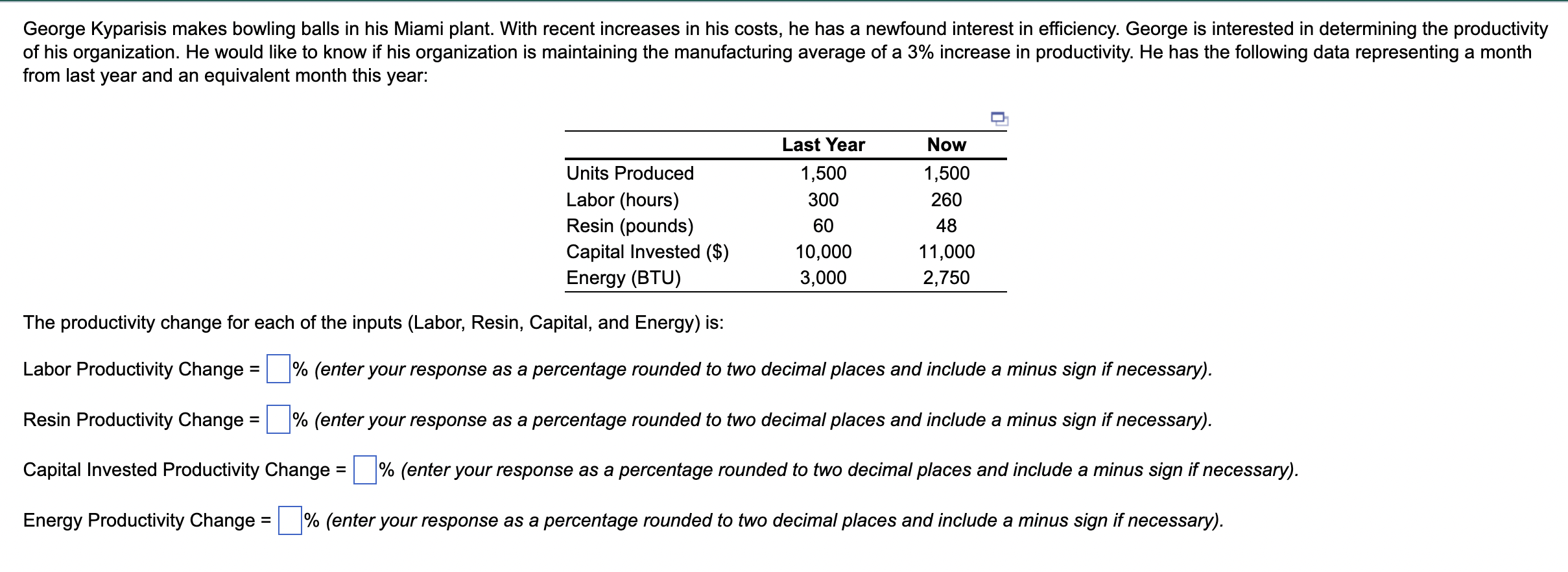The Secret to that Bowling Ball Curve

Have you ever watched a bowling ball gracefully glide down the lane, seemingly defying gravity as it veers towards the pins with a satisfying hook? It’s a mesmerizing sight, and the secret behind this curved trajectory lies in a fascinating interplay of physics, design, and technique. Let’s delve into the world of bowling ball motion and uncover the factors that contribute to that perfect curve.
The curve of a bowling ball, often called a hook or a strike ball, isn't magic. It's the result of creating rotational force, or torque, on the ball. This rotation, combined with the ball’s interaction with the lane surface, generates friction which causes the ball to change direction. Understanding how these elements work together is key to mastering the art of the hook.
Bowling balls aren't just uniformly dense spheres. Inside, they have a core with a specific shape and density distribution. This core design influences the ball's rotational inertia, affecting how it spins and how easily its axis of rotation changes. Surrounding the core is the coverstock, the outermost layer of the ball. The coverstock material and its surface texture play a critical role in determining how much friction the ball generates with the lane.
The bowler's release technique further complicates and refines the ball's motion. The angle of the hand at release, the speed of the ball, and the amount of revolutions imparted all contribute to the final trajectory. A skilled bowler can manipulate these variables to control the ball’s curve, allowing for precise targeting and increased strike potential.
Mastering the curve isn't just about throwing the ball with spin; it's about understanding the dynamic relationship between the ball's internal structure, its interaction with the lane, and the bowler’s delivery. From the moment the ball leaves the bowler's hand until it connects with the pins, each element plays a crucial role in creating that captivating curve.
The history of curving bowling balls is intertwined with the evolution of the sport itself. Early bowling balls were simple, uniform spheres made of wood. As the game developed, so did the technology behind the ball. The introduction of rubber and then plastic balls allowed for greater control and hook potential. The development of cores with different shapes and densities revolutionized the game, giving bowlers greater control over the ball’s motion. The modern bowling ball, with its complex internal structure and specialized coverstocks, is a testament to the ongoing quest for the perfect curve.
Benefits of curving a bowling ball:
1. Increased Strike Potential: A hooking ball enters the pin pocket at an angle, increasing the likelihood of knocking down all ten pins.
2. Improved Pin Action: The angle of entry and the rotational force create more pin deflection, leading to a higher chance of strikes even with slightly off-center hits.
3. Adaptability to Lane Conditions: Different curves can be used to adjust to various oil patterns on the lane, giving bowlers more control over their game.
Best practices for curving a bowling ball:
1. Consistent Grip: Maintaining a consistent grip pressure and hand position is crucial for repeatable results.
2. Proper Release: Focus on a smooth release with the hand turning over the ball to impart spin.
3. Axis Rotation: Understanding your axis of rotation and how it affects ball motion is essential.
4. Speed and Rev Rate: Balancing speed and revolutions is key to achieving the desired curve.
5. Lane Awareness: Pay attention to the oil pattern and adjust your targeting and release accordingly.
Advantages and Disadvantages of Hooking a Bowling Ball
| Advantages | Disadvantages |
|---|---|
| Increased strike potential | Requires more practice and skill |
| Better pin action | Can be less consistent for beginners |
| Adaptability to lane conditions | More susceptible to lane variations |
Frequently Asked Questions:
1. What makes a bowling ball hook? The combination of axis rotation, coverstock friction, and core dynamics.
2. How do I increase my hook? Practice your release and experiment with different ball speeds and rev rates.
3. What is axis rotation? The angle at which the ball rotates.
4. What is coverstock? The outer layer of the ball that interacts with the lane.
5. What is the role of the core? The core influences the ball's rotational inertia.
6. How do I choose the right bowling ball? Consult with a pro shop operator based on your skill level and bowling style.
7. How important is lane oil? Lane oil affects how much friction the ball generates.
8. How do I practice curving a bowling ball? Start with basic drills and gradually increase the complexity.
Tips and Tricks:
Visualize your target and focus on a smooth release. Experiment with different hand positions and release angles to find what works best for you. Record your throws to analyze your form and identify areas for improvement. Regular practice is essential for developing consistency and control.
In conclusion, understanding the science and technique behind making a bowling ball curve is key to elevating your game. From the intricacies of the core and coverstock to the precision of the release, every element contributes to that satisfying hook. Mastering this skill requires practice, patience, and a willingness to experiment. By applying the principles discussed, practicing consistently, and paying attention to the nuances of your game, you can unlock the power of the curve and transform your bowling experience. The benefits of increased strike potential, improved pin action, and adaptability to lane conditions are well worth the effort. So, step up to the lane with confidence, embrace the physics, and let your bowling ball dance its way to a strike!
Decoding the washington state employee work schedule
Dive into deep blue behr paint finding your perfect navy
Removing sharpie from plastic simple and effective solutions












